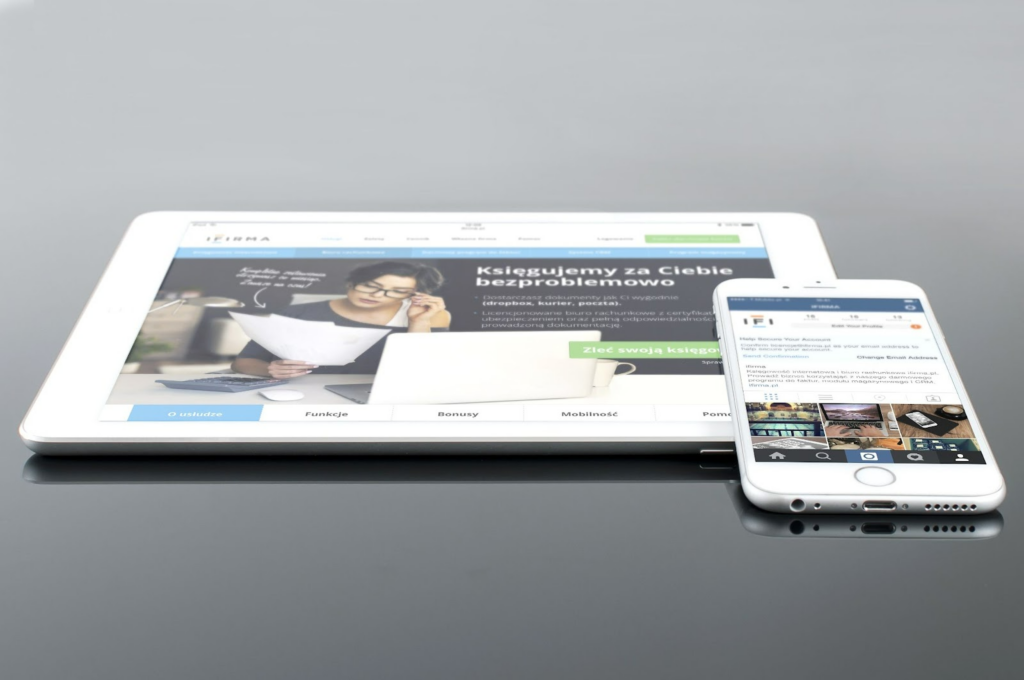Mobile apps make people’s lives easier. Thanks to a wide array of applications serving different purposes, from shopping to managing finances, we can save a lot of time on daily tasks.
Although an app’s functionality is important, the first thing consumers notice when they open it is how it looks. This indicates that businesses need to devote a lot of attention to UX/UI design in their mobile app development.
But what rules should they follow to get the best results? Let’s find out.
What are UI and UX?
First, we should establish a common ground on these two terms. The User Interface (UI) is a visual layer of a mobile app. It comprises everything the user sees and interacts with, like screens, buttons, icons, and things like that.
The User Experience (UX), on the other hand, refers more to feel. It includes the user’s perception of the app’s usability, performance, user-friendliness, intuitiveness, and overall functionality.
Why is UX/UI design crucial in custom mobile app development?
The software may be groundbreaking, but if its interface is badly designed, customers can’t verify its usefulness. That’s why taking care of a visual layer is the key to the app’s success.
A well-designed application interface could increase user retention, engagement, and satisfaction while also boosting the profitability of a business.

The UX/UI design – key principles
To create an aesthetically pleasing and functional interface, you need to follow some fundamental guidelines. Designing the UI and UX with these principles in mind should help you lunch an app that meets both industry standards and your target audience’s expectations.
Maintain consistency
Make sure all components of your app’s interface follow the same pattern in terms of look and behavior. Maintaining uniformity across the whole design creates a sense of familiarity and control, improving the User Experience.
Keep it simple
Your software should be not only attractive but also simple for users to navigate. Maintain an easy-to-use hierarchy and basic controls. To stimulate user behavior, you may also employ visual cues like button animations or color changes. This way, you will ensure that users achieve their desired outcomes as smoothly as possible.
Present concise content
Content presented in your app should be clear, concise, and easy to read. Highlight critical parts, use short labels, and avoid cluttering the screen with too much information to facilitate user interaction with your app.
Focus on accessibility
Ensure your app is accessible to all users, including those with disabilities. Provide features such as text to speech, high contrast modes, and adjustable font sizes. This will not only make your app more inclusive but also improve its overall usability.
Test and iterate
Finally, try out your interface on a representative group to see if the solutions you implemented work as planned and to get feedback. Then, analyze the outcomes and make the necessary adjustments in light of your findings.
Wrap up
Now you know that design is a vital part of mobile app development. Sticking to the rules provided above will allow you to build an attractive and intuitive interface for your application. If it doesn’t help and you still need some guidance in this subject matter, we advise you to use professional custom mobile app development services.
